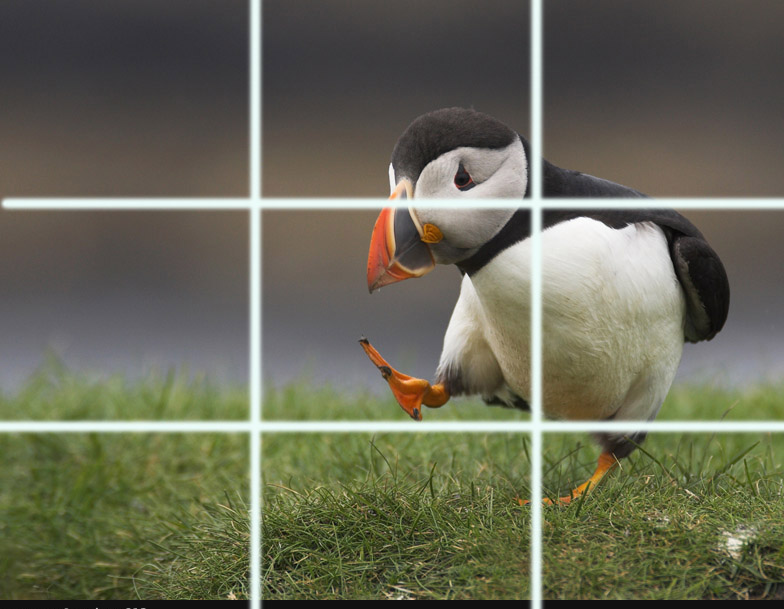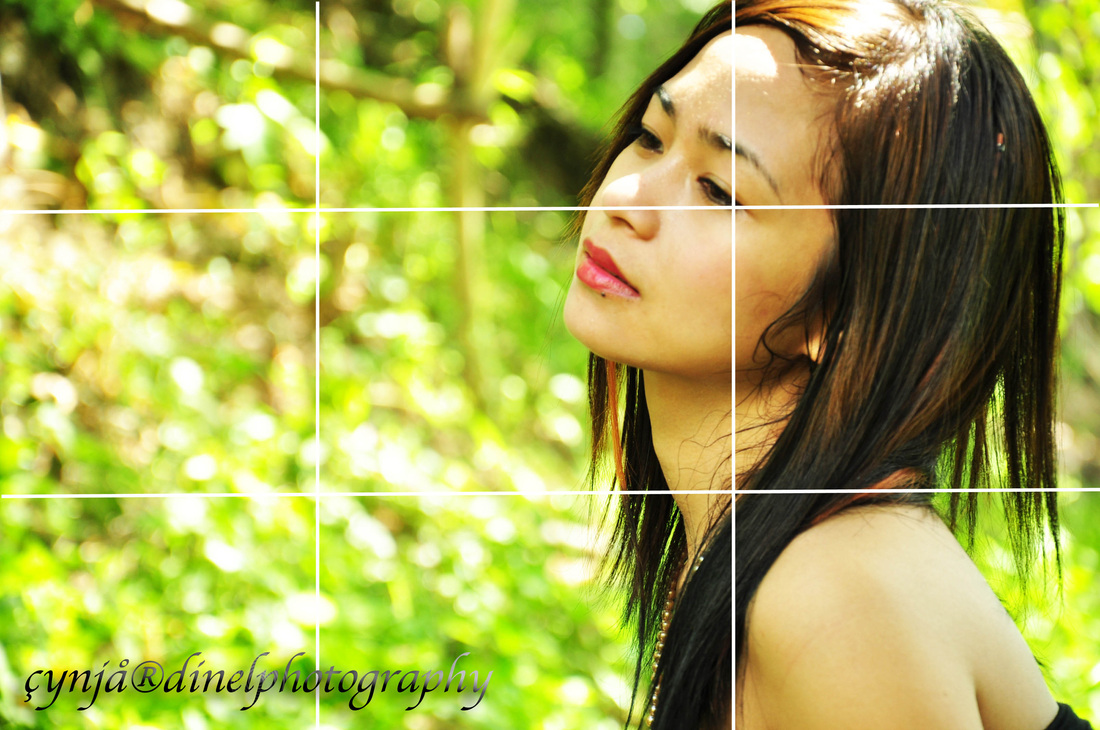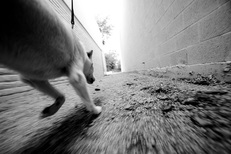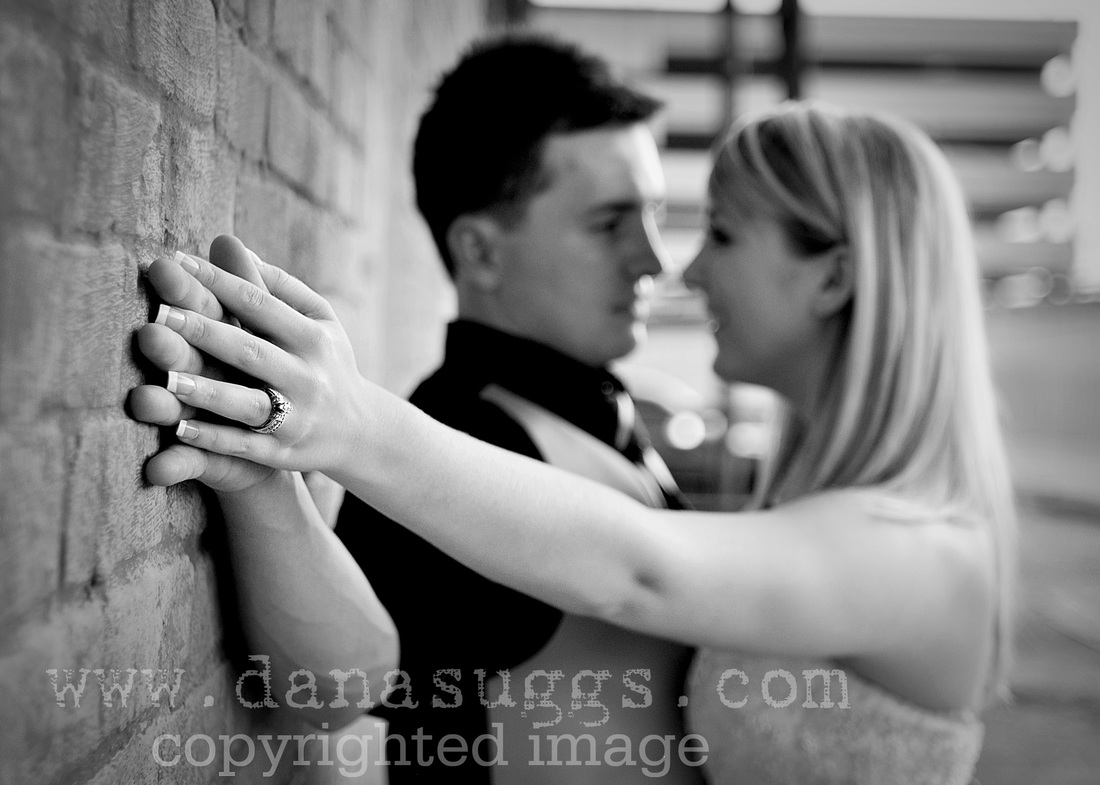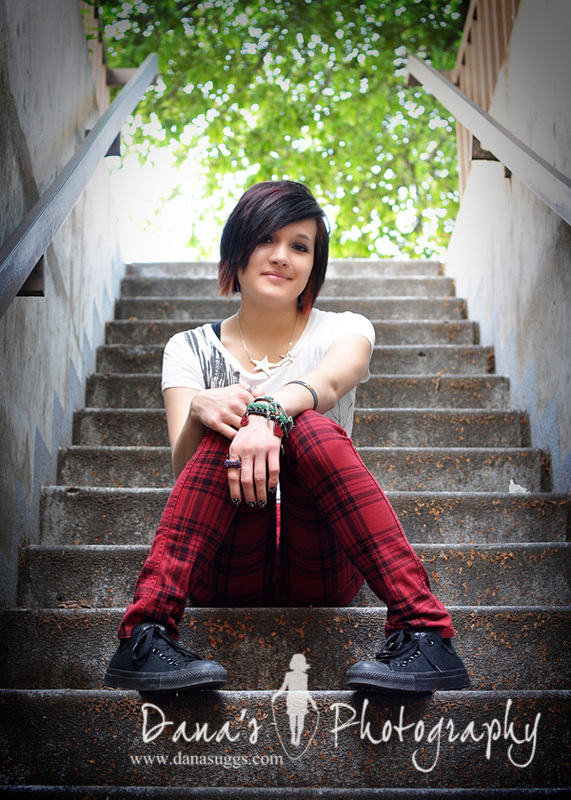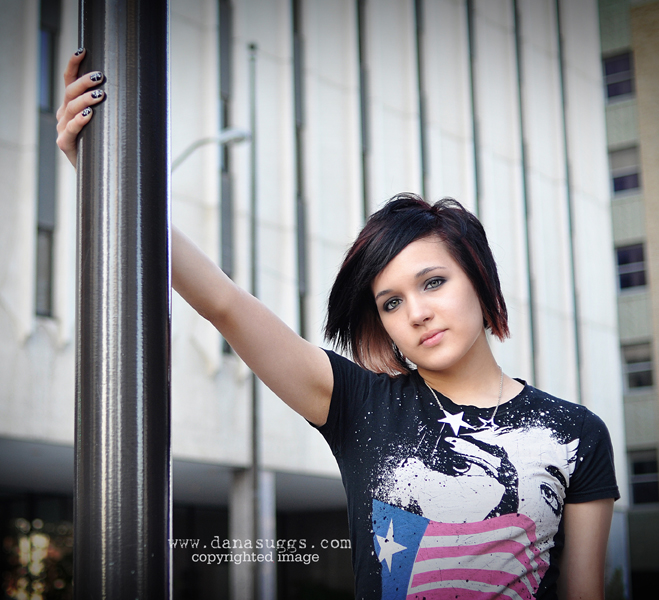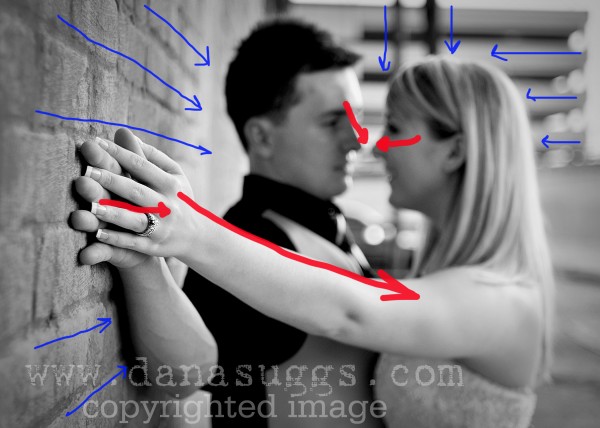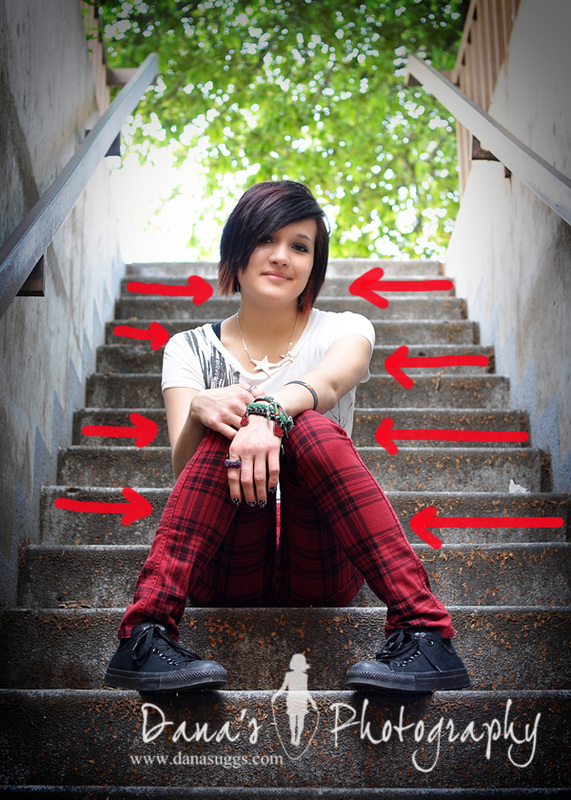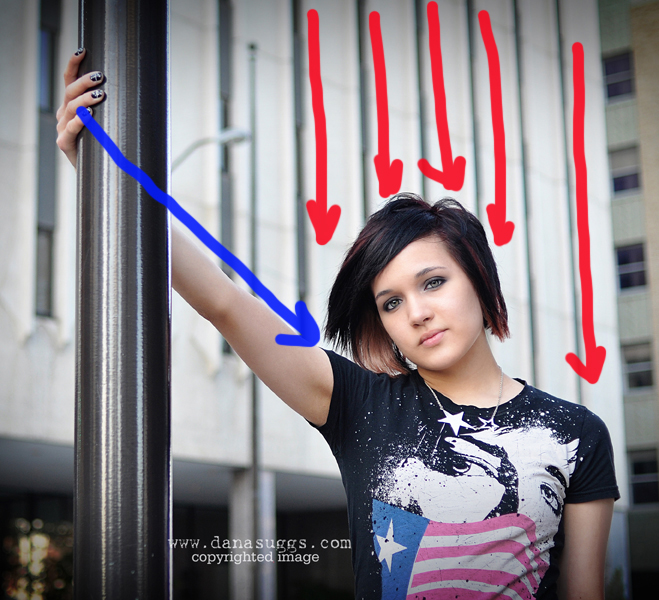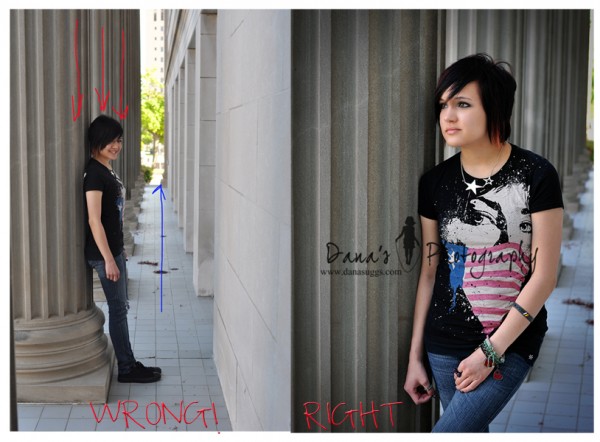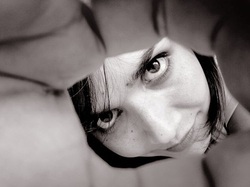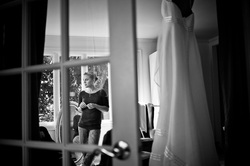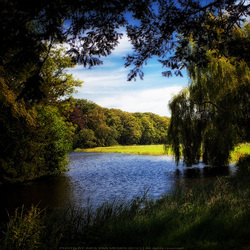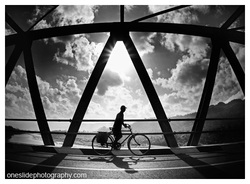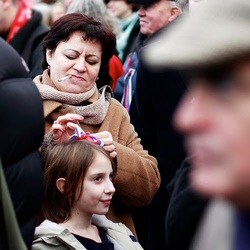Objective: Students will use several different compositional strategies to enhance the strength and meaning of their images.
Each day this week, we will focus on a different compositional strategy. See Edmodo.com for instructions on what photographs need to be turned in for a grade.
What is composition?
Composition refers to the placement, arrangement, or organization of elements in a photograph.
The word "composition" literally means "putting together," so in photography, it refers to how the photographer puts together the elements in his image.
The word "composition" literally means "putting together," so in photography, it refers to how the photographer puts together the elements in his image.
Compositional Strategies:
The "Rule of thirds"
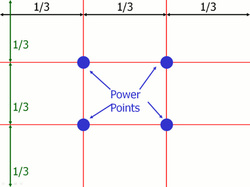
To use the "rule of thirds," imagine your frame is divided into thirds- both horizontally and vertically- making a grid. When you decide where to place your subject- or the most important element(s) in your photograph- place them on one of these imaginary lines- or even better yet- on a "power point" where the grid lines intersect.
When taking landscapes, horizon lines look nice placed on either the lower "third" line or upper "third" line.
Take a look at some examples below to see how images are arranged using the rule of thirds.
When taking landscapes, horizon lines look nice placed on either the lower "third" line or upper "third" line.
Take a look at some examples below to see how images are arranged using the rule of thirds.
Lead room
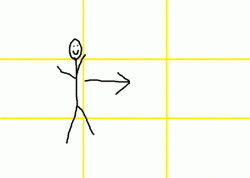
This "rule" goes hand-in-hand with the rule of thirds.
Whenever you have a subject that is moving, or looking in a certain direction, you should leave empty space in the direction that they are moving or looking.
Take a look at some examples below that use both the rule of thirds and lead room.
Whenever you have a subject that is moving, or looking in a certain direction, you should leave empty space in the direction that they are moving or looking.
Take a look at some examples below that use both the rule of thirds and lead room.
Point of view
"Point of View" (POV) refers to the position from which the camera sees the scene. This is important to consider since this directly changes the position from which the viewer sees the scene as well.
Changing the point of view can drastically change the look of a photograph. It can add drama and interest to an other wise ordinary scene, or can convey deeper meaning to your images.
Changing the point of view can drastically change the look of a photograph. It can add drama and interest to an other wise ordinary scene, or can convey deeper meaning to your images.
How Point of view impacts your image:
simplicity
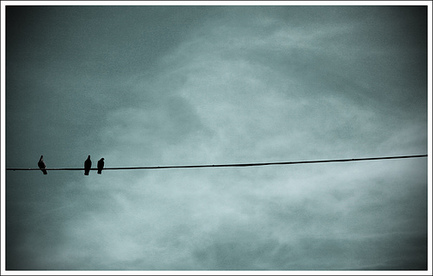
Keeping things simple sometimes is the best way to get a good photo. Look for uncomplicated backgrounds and try to focus on keeping objects out of the picture that may draw attention away from your subject.
When shooting your subject, experiment with shooting it from different angles or points of view to get as simple as a background as possible. You don't want lots of distracting details behind your subject.
When shooting your subject, experiment with shooting it from different angles or points of view to get as simple as a background as possible. You don't want lots of distracting details behind your subject.
examples of how changing your point of view can make your composition simpler and more effective!
Leading lines

Leading lines are visual elements that work as lines leading your eye towards your subject.
They are used by photographers to direct the viewers attention to the subject of the photograph. See how the lines found in the rows of flowers lead your eye directly to the windmill?
Leading lines that are used incorrectly, however, can hut a photograph- leading the viewer's eye away from the subject- not what we want!
They are used by photographers to direct the viewers attention to the subject of the photograph. See how the lines found in the rows of flowers lead your eye directly to the windmill?
Leading lines that are used incorrectly, however, can hut a photograph- leading the viewer's eye away from the subject- not what we want!
Make sure you use them correctly...
framing
Framing refers to encompassing or surrounding your subject with other elements, that help to focus your attention on the subject. Framing brings more depth to the picture and a better focus on what the main subject is.
There are several ways you can frame your subject:
There are several ways you can frame your subject:
A word on focusing...
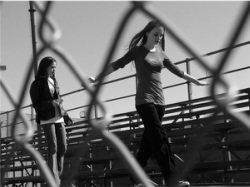
Be aware that if you are focusing on a subject in the background, and placing something else in the foreground to frame it (like the example here, where the fence is in the foreground, while the subjects are behind it), your camera's autofocus may get confused and want to focus on the nearest object (the fence)- which is not what you want.
In this circumstance, using MANUAL FOCUS is your better bet, allowing you to focus on your subject behind the framing element.
In this circumstance, using MANUAL FOCUS is your better bet, allowing you to focus on your subject behind the framing element.
YOUR ASSIGNMENT:
Take a total of 20 photographs demonstrating the above composition tips.
When you are finished:
- 4 photos demonstrating SIMPLICITY
- 4 photos demonstrating RULE OF THIRDS/LEAD ROOM
- 4 photos demonstrating POINT OF VIEW
- 4 photos demonstrating LEADING LINES
- 4 photos demonstrating FRAMING.
When you are finished:
- Create a CONTACT SHEET in Adobe Bridge with all 20 of your images. Click the LINK below for instructions!
- Turn-in your contact sheet to the assignment posted on Schoology.
- Upload your ONE BEST photo to the Composition Group Gallery. In the caption, state what composition tips that photo uses.
How you will be graded:
20 % Content
20 % Technical Quality
20 % Composition
20 % Editing
20 % Creativity
- You turned in a contact sheet of 20 images.
- Your contact sheet includes 4 photos demonstrating simplicity, 4 photos demonstrating rule of thirds, 4 photos demonstrating point of view, 4 photos demonstrating leading lines, and 4 photos demonstrating framing.
20 % Technical Quality
- All images are correctly exposed (not too dark or too light)
- All images are sharply focused
- All images have correct color balance (no color cast to them)
20 % Composition
- Images use simplicity, rule of thirds, point of view, leading lines, and framing correctly and in a way that improves over all image quality.
20 % Editing
- Student edited each photo in photo shop to improve image quality.
20 % Creativity
- Each photo shows thought/planning/experimentation, a unique perspective, or is visually appealing.


